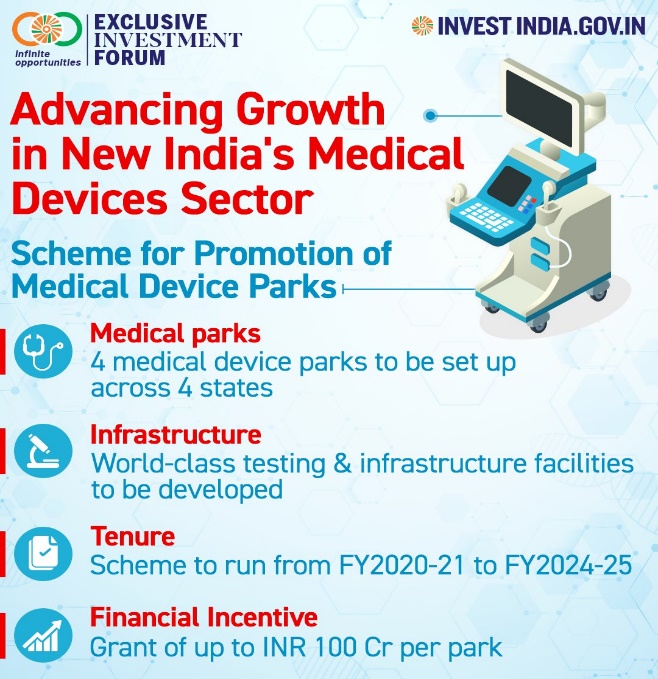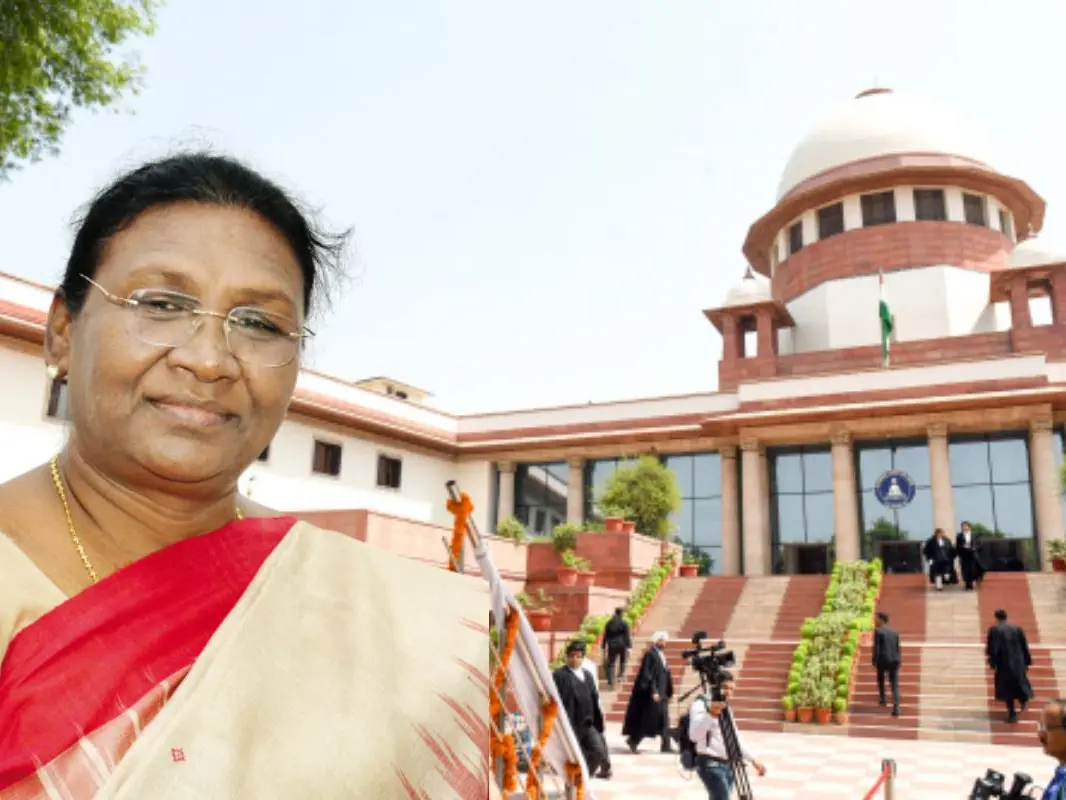- Courses
- GS Full Course 1 Year
- GS Full Course 2 Year
- GS Full Course 3 Year
- GS Full Course Till Selection
- Online Program
- GS Recorded Course
- NCERT (Recorded 500+ Hours)
- Polity Recorded Course
- Geography Recorded Course
- Economy Recorded Course
- AMAC Recorded Course
- Modern India, Post Independence & World History
- Environment Recoded Course
- Governance Recoded Course
- Science & Tech. Recoded Course
- International Relations and Internal Security Recorded Course
- Disaster Management Module Course
- Ethics Recoded Course
- Essay Recoded Course
- Current Affairs Recoded Course
- CSAT
- 5 LAYERED ARJUNA Mentorship
- Public Administration Optional
- ABOUT US
- OUR TOPPERS
- TEST SERIES
- FREE STUDY MATERIAL
- VIDEOS
- CONTACT US
NATIONAL MEDICAL DEVICE POLICY 2023
NATIONAL MEDICAL DEVICE POLICY 2023
01-05-2023


Latest Context
Union Cabinet approved the National Medical Devices (NMD) Policy, 2023, which is expected to facilitate an orderly growth of the medical devices sector to meet the public health objectives of access, affordability, quality, and innovation. It is expected to help sector grow from the present $11 billion to $50 billion in the next five years.
Key Points of NMD Policy 2023
- Single Window Clearance System: It will involve all relevant departments and organizations, such as DAHD (Department of Animal Husbandry & Dairying) and MeitY (Ministry of Electronics and Information Technology) and for licensing medical devices.
- Build Infrastructure: In economic zones, established large medical device parks having world-class infrastructure facilities. National Industrial Corridor Program and National Logistics Policy 2021 under PM Gati Shakti and with collaboration of state governments and the industry, to improve integration and convergence with the medical device industry.
- R&D and Innovation: To promote Research & Development in India and establishes Centre of Excellence in innovation hubs, academic and research institutions, support to start-ups and ‘plug and play’ infrastructures.
- Focus on Investments: The policy facilitates Public-Private Partnerships (PPP) and private investment to complement existing schemes such as Start-up mission, Ayushman Bharat program and Make in India.
- Human Resources Development (HRD): These programs can enhance the skills and competencies of individuals, such as scientists, engineers, and technicians, involved in developing in developing and deploying NMD technology.
- Awareness and Brand Positioning: The policy focuses the creation of an Export Promotion Council for the sector which deal with various market access issues.
Significance of the NMD Policy
- To provide supports and directions to strengthen the medical devices industry into a competitive, innovative, self-reliant, and resilient that caters to the healthcare needs.
- The policy can establish standards for the design, testing, and manufacturing of medical devices, ensuring that only safe and effective devices are available to patient.
- The policy can promote innovation in the medical devices industry by creating a supportive regulatory environment that fosters the development of new technologies and products of medical devices by achieving 10-12% share in expanding global market over the next 25 years.
- Centre aims to reduce India’s import dependence to nearly 30% in the coming years and became one of the top five global manufacturing hubs.
About Indian Medical Device Sector
- It is growing at a fast pace and essential component of the healthcare industry.

- It plays great role during the Covid-19 pandemic when India produced medical devices and diagnostic kits such as PPE kits, RT-PCR kits, and ventilators on a large scale.
- The Sector has regulated after 2017 when Medical Device Rules, 2017 framed by the Central Drugs Standard Control Organisation (CDSCO).
- India rank 4th in Asian medical devices market after China, Japan, and South Korea, and among the top 20 medical devices markets globally.
- India’s market share in the medical device category is 1.5% of the globally or $11 billion in 2020.
- US led the global market with a 40% market share and followed by Europe and Japan at 25% and 15% respectively.
- Promoting domestic manufacturing of Medical Devices through Production Linked Incentive (PLI) schemes.
- Government of India (GoI) set up four medical devices parks in Himachal Pradesh, Madhya Pradesh, Uttar Pradesh and Tamilnadu.
- Association of Indian Manufacturers of Medical Devices (AiMeD) and Quality Council of India (QCI) launched the Indian Certification of Medical Devices (ICMED) 13485 Plus scheme in June 2021 to undertake verification of the safety, quality, and efficacy of medical devices.
Challenges with the Medical Device Sector
- Lack of a Regulatory Framework: This has led to a lack of standardization and quality control, which can affect patient safety and the credibility of the industry.
- Research and Development Issues: The lack of effective intellectual property protection in India can limit investment in research and development of new technologies.
- Rely on Import: The majority of medical devices use in India are imported, with limited domestic manufacturing capacity.
- Limited Fund: The medical devices sector in India have limited access to fund and led to hinder an innovation and growth of the industry.
Way Forward
- To reduce the country’s dependency on medical devices/technology imports through an action plan.
- Medical device companies can play a great role as a manufacturing hub for domestic and international markets.



